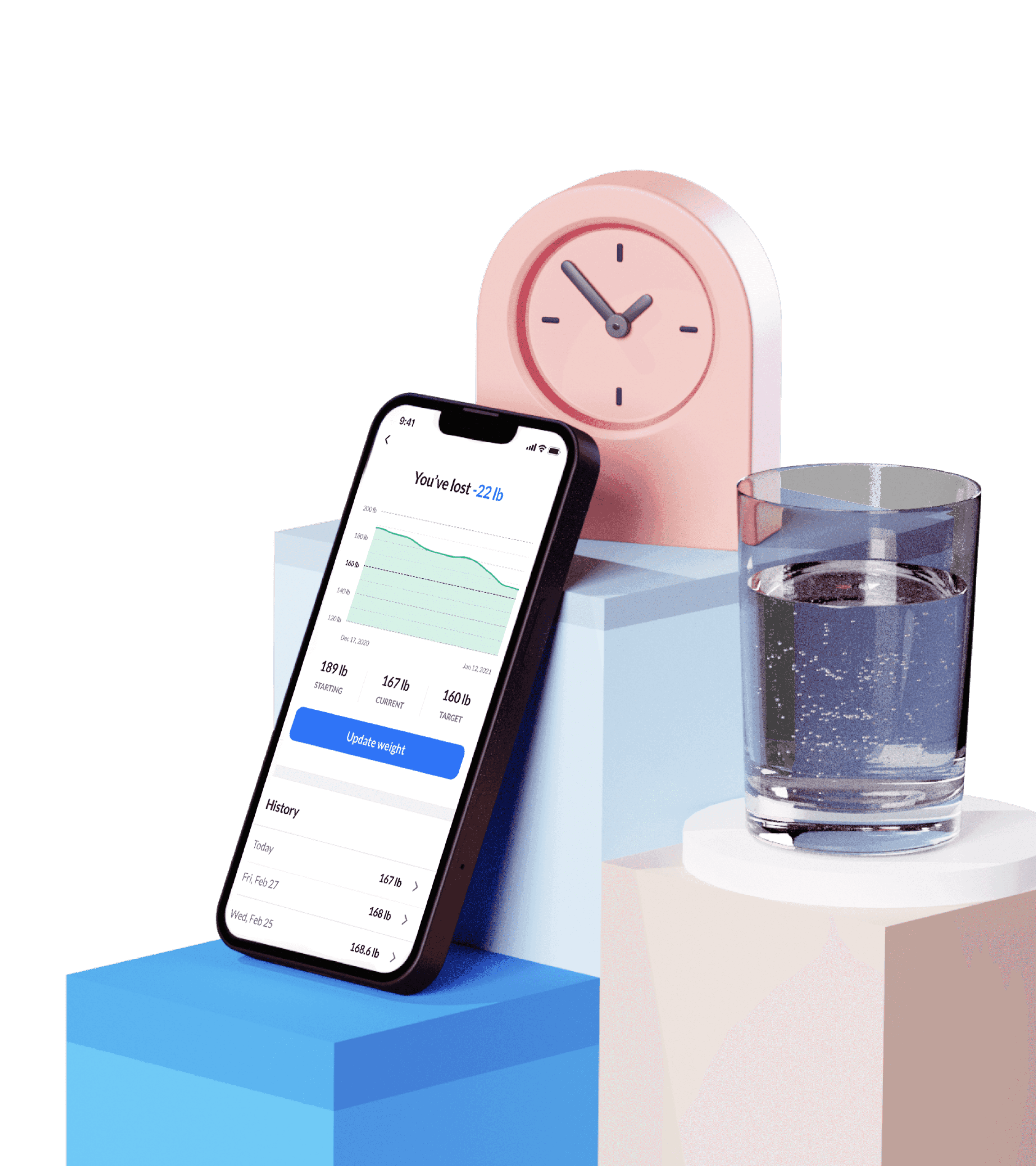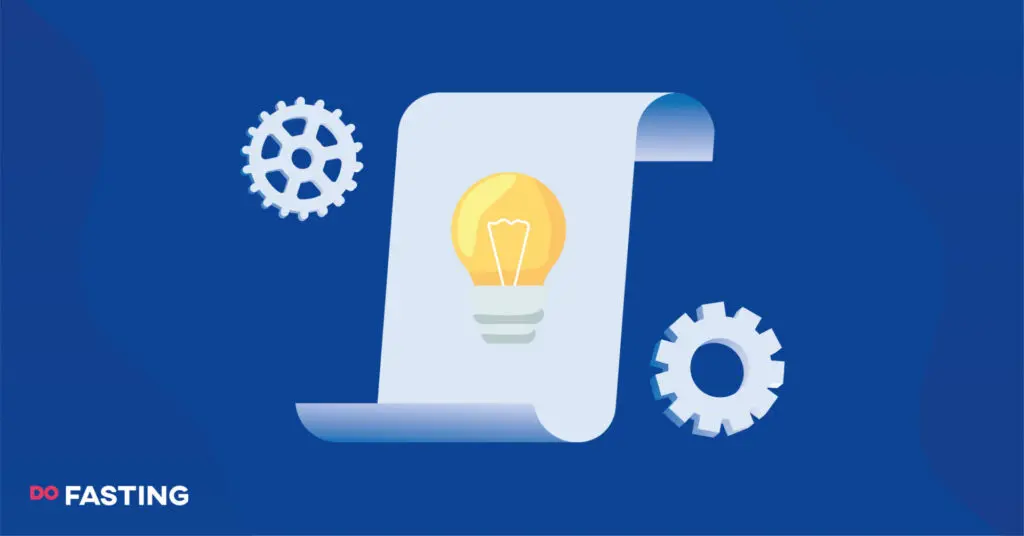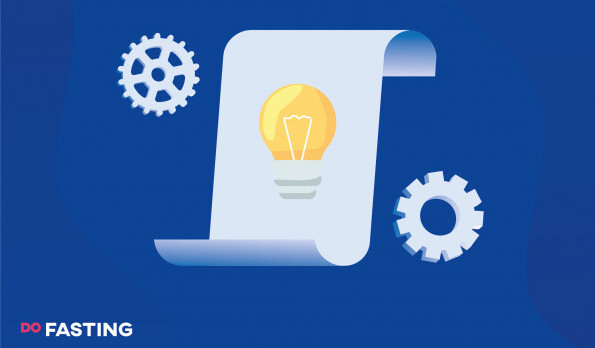Contents
What Is the Autoimmune Protocol (or AIP) Diet?
The AIP diet (autoimmune protocol diet) focuses on cutting foods that trigger inflammation in your body. This meal plan can help people with health conditions, like lupus and celiac disease, that cause their immune system to attack healthy cells.
Certain foods are believed to increase the gut’s permeability. Grains and dairy products are just a few examples. You can try the AIP diet to avoid getting leaky gut syndrome – a digestive condition that allows more bacteria and toxins to enter the bloodstream.
Just be aware, this diet is not just about weight loss, but about improving overall health and relieving symptoms of autoimmune diseases. You can eat healthy low-calorie foods to lose weight and also prevent weight gain from anti-inflammatory medication.
Foods like fresh fruit, bone broth, vegetables, vinegars, and herbal teas are allowed on the AIP diet. You can eat plenty of these products to reduce sugar cravings and prevent inflammation. Try this AIP diet if you want to feel good and strong after meals.
Take a
1-minute quiz
and discover how much weight you can lose with DoFasting!

Who should try it?
People with specific autoimmune diseases might benefit from the AIP diet.
This includes rheumatoid arthritis, celiac disease, lupus, multiple sclerosis, irritable bowel syndrome, psoriasis, and type 1 diabetes. Eating the right nutritious foods can stop you from experiencing limb weakness and pain that targets your joints.
Always talk to a doctor before trying a new meal plan. A medical professional knows what’s best for your health and weight goals. Overcoming symptoms of autoimmune disease is tough, so gain confirmation before switching your meals to this diet.
The Rules of the AIP Diet
There are some rules that you have to follow during this meal plan. Not sticking to them could trigger extra inflammation in your body. The AIP diet is very similar to the Paleo diet, as both share the same food groups and separate phases throughout dieting.
Here are the two main phases you will go through:
The elimination phase
Starting the AIP diet means you have to complete the elimination phase. This comprises the removal of foods and medications that cause inflammation or bacteria imbalances. The first phase usually takes 30-90 days to notice positive changes.
You need to avoid products like grains, legumes, dairy, eggs, nightshade vegetables, nuts, seeds, processed sugars, food additives, and alcoholic beverages. Consuming any of these could disrupt the elimination phase and cause your body to become more inflamed.
Some important foods to eat are green vegetables, fresh fruit, minimally processed meat, herbs and spices, vinegars, and teas. Always follow the glycemic index of each product, as this tells you how much they will raise your blood sugar levels.
On this elimination diet, you can expect to lose 1-2 pounds a week after cutting out bad foods. Some people might lose less if they aren’t focused on calorie counting. If you want to drop a few pounds, try eating around 1,500 calories a day to burn fat.
People with inflammatory bowel disease may notice fewer physical symptoms. This could be a lack of gut pain or severe fatigue. Those with other autoimmune diseases can experience the same due to the lack of refined, processed, and unhealthy foods.
Lastly, you should try and improve lifestyle factors like your sleep, stress, and level of exercise. Feeling less stressed can help strengthen the immune response by increasing good gut bacteria. This may prevent leaky gut and autoimmune disease symptoms.
The reintroduction phase
Once you notice a physical improvement after 30-90 days, you can start the reintroduction phase. This phase focuses on bringing back eliminated foods one at a time, based on your tolerance and what you might prefer to eat on the AIP diet.
The goal of this phase is to reintroduce foods that don’t cause inflammatory-based symptoms. You can identify what products work for your health. For example, you might introduce pasta for 5-7 days to determine if that food triggers symptoms again.
Foods you can tolerate can be added to the diet. Others should be avoided to prevent autoimmune disorders worsening. Each food group should be given at least 7 days to show any physical effects, but you can always repeat this phase in the future.
People slowly reintroduce foods like rice, bread, pasta, legumes, tomatoes, peppers, eggs, cheese, butter, coffee, and sunflower oil. If you want to continue losing weight, avoid refined and processed sugars that could disrupt your weight loss progress.
Step-by-step rules for reintroduction
Here is a step-by-step guide you can follow when reintroducing foods:
- Step one: Choose one food to eat again on the AIP diet. You’ll need to consume it a few times on the testing day and then avoid it for 5-6 days.
- Step two: On your chosen testing day, consume 1 teaspoon of the food and wait 15 minutes. This allows your body to react to that eliminated product.
- Step three: Stop the test and avoid the food if you feel symptoms. However, if you don’t, eat a slightly larger portion and monitor your body over 2-3 hours.
- Step four: If you experience symptoms, stop eating the food completely. If everything feels normal, eat a normal portion and avoid it again for 5-6 days. Remember not to reintroduce any other foods during this time.
- Step five: You can incorporate the food into your diet again if you feel fine after 5-6 days. Repeat this five-step process when wanting to try other products.
If it sounds too complicated, try to keep a food journal. It would help you keep track of when and which food you introduce to your diet.
Each of the deleted foods must be reintroduced gradually to see the true impact of each product. It might also be worth testing these foods when you feel healthy. For example, testing dairy products when you have a stomach bug might not show true results.
Recommended Foods
There are certain meals you can have during the elimination diet. Many people eat nutrient-dense foods to fuel their immune system and stay healthy.
Let’s take a look at recommended foods for the AIP diet:
- Vegetables: Spinach, kale, broccoli, collards, mushrooms, beet greens, lettuce, cabbage, watercress, turnip greens, parsley, celery, and spring onion.
- Fresh fruit: Strawberries, blackberries, apples, blueberries, grapes, pomegranates, watermelon, cherries, and other citrus fruits.
- Vinegars: Balsamic, red wine vinegar, and apple cider vinegar.
- Teas: Green and black tea (around 3-4 cups per day).
- Probiotic-rich foods: Pickles, kimchi, kombucha, sauerkraut, coconut kefir, non-dairy fermented foods, and probiotic supplements.
- Herbs and spices: Any that don’t come from seeds.
- Minimally processed meat: Fish, seafood, organ meat, wild game, poultry, and other types of meat that are strictly grass-fed.
- Tubers: Yames, sweet potatoes, taro, and Chinese artichokes.
- Minimally processed oils: Coconut oil, olive oil, and avocado oil.
Just remember to monitor the glycemic index of each food before you eat. Fruits and vegetables that score 70 or more should be avoided completely. You should also aim to have 10-40 grams of fructose a day, which is equivalent to 1-2 portions of fruit.
Take a
1-minute quiz
and discover how much weight you can lose with DoFasting!

Foods To Avoid
During the elimination phase you have to avoid certain foods. The AIP diet (similar to the autoimmune “paleo” diet) limits foods that could trigger chronic inflammation.
Below, you’ll find foods to avoid on the AIP diet:
- Grains: Rice, rye, pasta, breakfast cereals, bread, wheat, barley, and oats.
- Nightshade vegetables: Peppers, tomatoes, eggplants, and potatoes.
- Dairy: Cow milk, goat milk, sheep milk, cream, cheese, butter, and ghee.
- Eggs: Egg whites, whole eggs, or any other egg-based food.
- Legumes: Peas, peanuts, lentils, beans, peanut butter, tofu, and mock meats.
- Certain drinks: Coffee, soda, milkshakes, and alcoholic beverages.
- Food additives: Food colorings, thickeners, stevia, mannitol, xylitol, food acids, anti-caking agents, stabilizers, trans fats, and emulsifiers.
- Processed vegetable oils: Sunflower, soybean, rapeseed, corn, safflower, cottonseed, palm kernel, and canola oil.
- Nuts and seeds: Flours, butter, cocoa, mustard, seed-based spices, macadamia, pecans, cashews, lychee seeds, and fruit seeds.
- Refined sugars: Corn syrup, brown rice syrup, cane or beet sugar, sweets, candy, chocolate, frozen desserts, cakes, ice-cream, and biscuits.
Some people suggest cutting out dried fruits or anything that has too many natural sugars. Make sure to look at the ingredients of everything you’re using, as some products can hide secret ingredients like eggs, dairy, and artificial sweeteners.
Benefits of the AIP Diet
The AIP diet aims to bring you a better quality of life. You don’t have to suffer from uncomfortable symptoms like gut pain, headaches, and nausea. A healthy immune system is especially important for helping those with autoimmune disorders.
Here are 4 health benefits of trying this diet.
Supports weight loss
Removing processed foods may help you lose weight. During the elimination phase, you’ll naturally consume healthier food groups that contribute to a low-calorie diet. This dietary change can help the body burn fat, leading to consistent weight loss each week.
Supports gut health
People with an autoimmune disease usually have leaky gut syndrome. This condition can trigger even more inflammation due to the toxins in their bloodstream. Eating anti-inflammatory foods can promote a healthy gut by building the gut’s permeability.
Reduces inflammation
The AIP diet is designed to reduce inflammation in those who have autoimmune conditions. You’ll be avoiding foods that disrupt natural balance in your gut. A lack of inflammation means fewer symptoms like fatigue, joint pain, and digestive problems.
May improve symptoms of autoimmune diseases
Although the AIP diet doesn’t cure an autoimmune disease, it can still reduce symptoms. Since you’re cutting out bad foods, your gut has a chance to properly heal. You might have more energy and feel motivated to carry out daily activities.
Drawbacks and Risks To Consider
Of course, with most diets, there are always risks to think about. You should speak to a medical professional before trying a new diet for your autoimmune disease.
Here are 3 risks and drawbacks of the AIP diet:
Restrictive
This anti-inflammatory diet is considered to be very restrictive and potentially hard to follow, especially in social situations. You can’t make lots of fancy meals using the ingredients allowed, or choose many options on certain restaurant menus.
However, this restriction will only last around 30-90 days. There are chances to eat more food during the reintroduction stage. People usually organize their meal plans beforehand and stick to those throughout the AIP diet.
May lack important nutrients
Due to the elimination of certain food groups, you might gain a lack of vital nutrients in meals. This disadvantage occurs especially if one stays too long in the elimination phase. Make sure not to exceed 90 days to prevent any nutritional deficiencies.
More research is needed
Few clinical studies have examined the effectiveness of the AIP diet in general or as a means of treating a specific autoimmune disease. There may not be enough evidence to determine if this diet truly reduces inflammation and strengthens your gut.
Does Intermittent Fasting Help With Autoimmune Diseases?
Intermittent fasting can reverse insulin defects in cells that come from autoimmune diseases. This is especially true for people who have inflammatory bowel disease. Long-term fasting can decrease the aging rate of cells and replace them with new ones.
Eating anti-inflammatory foods and completing periods of fasting can strengthen your immune system. It may also prevent age-related autoimmunity by repairing cells. If you need support with intermittent fasting, the DoFasting app can guide your diet.
This custom-fit app contains multiple fasting types that help you to reach your health goals. Suited for both beginners and pros, you can find a program that works best. Forming stronger and healthier habits may help relieve autoimmune symptoms.
Take a
1-minute quiz
and discover how much weight you can lose with DoFasting!

Conclusion
The AIP diet is suitable for those who have an autoimmune disorder. This specific diet aims to reduce inflammation and balance your gut, leading to a healthier lifestyle. You can try eliminating certain foods to see how you feel after consuming them.
Losing weight is possible while following the AIP diet, but it may take a while to notice distinct results. Before trying anti-inflammatory products, talk to a doctor about switching to this diet. A medical professional can outweigh the potential risks and benefits.
See how DoFasting will improve your life
Find out what works for you with this 60-sec quiz approved by our experts and get your personal revolutionary fasting assistant.
Start the Quiz















